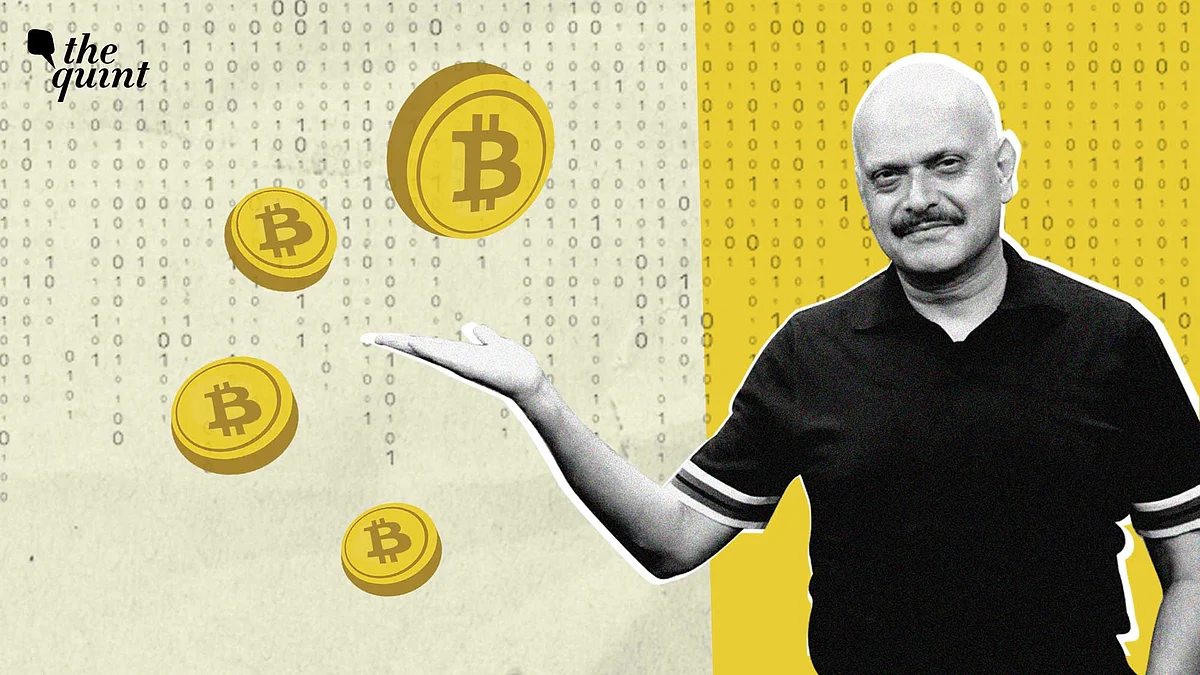C’mon India, It’s the Time to Crypto!
It’s the right time for Mother India to cradle the infant that cryptocurrency is and govern its growth.

advertisement
What a flamboyant rejection from a usually staid and soft-spoken career bureaucrat!
Being a student of history (and not finance or economics), the former RBI governor had swiveled nearly 400 years to the first speculative bubble known to mankind in the Dutch Republic, then the world’s most prosperous economy with the highest per capita income. A bulb of the sexy new thing, the tulip flower, was being sold for 4,000 guilders, a princely sum which could buy several hectares of land – just for one bulb of a fashionable flower! The mania lasted from 1634 to 1637, before prices crashed and speculators went bankrupt.
I simply could not fathom why a digital “coin” (actually a computer code), created by “miners” who solve severely complex mathematical puzzles using fantastic quantities of energy and computational power, should have any monetary value?
It’s not the dollar or renminbi or rupee backed by a sovereign government; it’s not even gold – which too has no intrinsic merit – but is still coveted as expensive jewelry, an industrial metal, that is scarce, so there is an argument of value; heck, it’s not even a tulip, which you can gift on Valentine’s Day and hope to win a kiss! But a computer code? Why would anybody value an electronic ghost at $100,000 (up nearly 5x over a mere 12 months!?). I am baffled and unconvinced.
Why Have Faith & Conviction in Cryptocurrencies
So why do investors trust Bitcoins and other cryptos? For one, there shall only be 21 million Bitcoins ever created. This cap and scarcity are attractive when governments mindlessly pile on debt and inflation to destroy the value of fiat currencies. Cryptos trade transparently on a decentralised public ledger, that’s a network of computers.
No country or government can fudge or manipulate them, like they do to regulated banks and legislated monetary systems. The investor is in complete control of her assets, which are exchanged peer-to-peer on a secure blockchain, without any state intervention or transaction cost or distorting levy or cross-border friction.
And that’s the core value proposition of any currency or asset – faith and conviction. If people believe it has value, then it has value. People like me and central bank governors can doubt such a tautological justification but can’t stand in its (or Trump’s and Musk’s) path. It is, therefore, it is.
Why is India in a Muddle Over Cryptos?
Why have I given you an unconvinced tutorial on cryptos? Because India needs to get rid of its muddle.
The world is sharply divided.
In the “never” corner are China, Qatar, Bangladesh, Vietnam, Morocco, Nepal, and a clutch of countries who’ve simply banned the damn thing. They fear losing control over their monetary systems. They fear the dark, criminal underbelly of the crypto world.
Opposing them are countries like America, Singapore, and Switzerland, among others, which have embraced this digital “wonder”, successfully experimenting with policies and restrictions that are cleansing cryptos into a future-ready asset/currency.
Why is India in a muddle? Because we can’t figure out whether to go backward or forward. Before 4 March 2020, the RBI had vehemently outlawed cryptos. But then the Supreme Court intervened, invoking Article 19(1)(g), the constitutional right to trade. Crypto exchanges were allowed to access banking services, and crypto trading was recognised as a legit activity which should be regulated, not banned.
Meanwhile, a welter of confusing rules abounds. You can buy and hold cryptos like assets but cannot use them as a currency to exchange value. Gains are taxed at a punishing 30 percent. And all of this is happening while a law to ban them is lying still in Parliament. In short, it’s the perfect muddle.
C’mon India, It’s an Opportunity
Frankly, this is a powerful “outdo China” opportunity for India. As Chinese President Xi cracks down, India could attract miners and investors fleeing the Dragon.
India could become the magnet for foreign investment, given our digital prowess and natural alignment with America (and now with Trump and Musk). India could set up a massive incubator of innovations in new crypto and blockchain technologies. Just as the National Stock Exchange has emerged as a front-ranking platform, India could create another global-scale crypto exchange. The opportunities and frontiers are limitless.
Of course, there are risks, and these are well-known and documented. But equally, effective policy antidotes have evolved – for example, the Payment Services Act of Singapore, the Swiss crypto-friendly banking system, rules focused on privacy and security, enforcing clear disclosure norms, restricting high-risk activities, creating default guarantees, to highlight just a few.
So yes, cryptos are a challenge, but not an all-consuming monster that could swallow the global economy. In fact, it’s the right time for Mother India to cradle this infant and govern its growth.
To say it in Bollywood ishtyle – It’s the Time to Crypto!